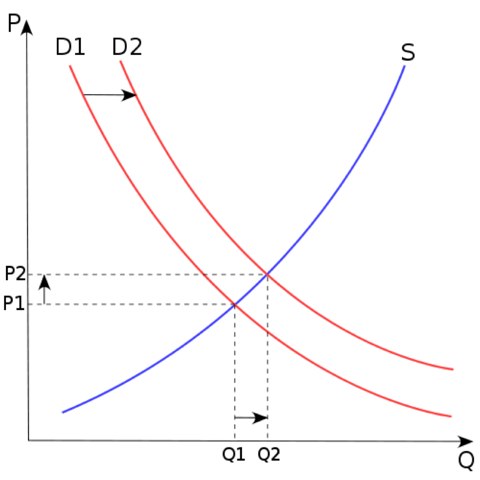Robert Cialdini, a professor of psychology and marketing, lays out six ways you can get people to say yes. These principles are:
- Reciprocity
- Commitment & Consistency
- Liking
- Authority
- Social Proof
- Scarcity
source: https://www.shopify.com/blog/8920983-6-psychological-triggers-that-win-sales-and-influence-customers

